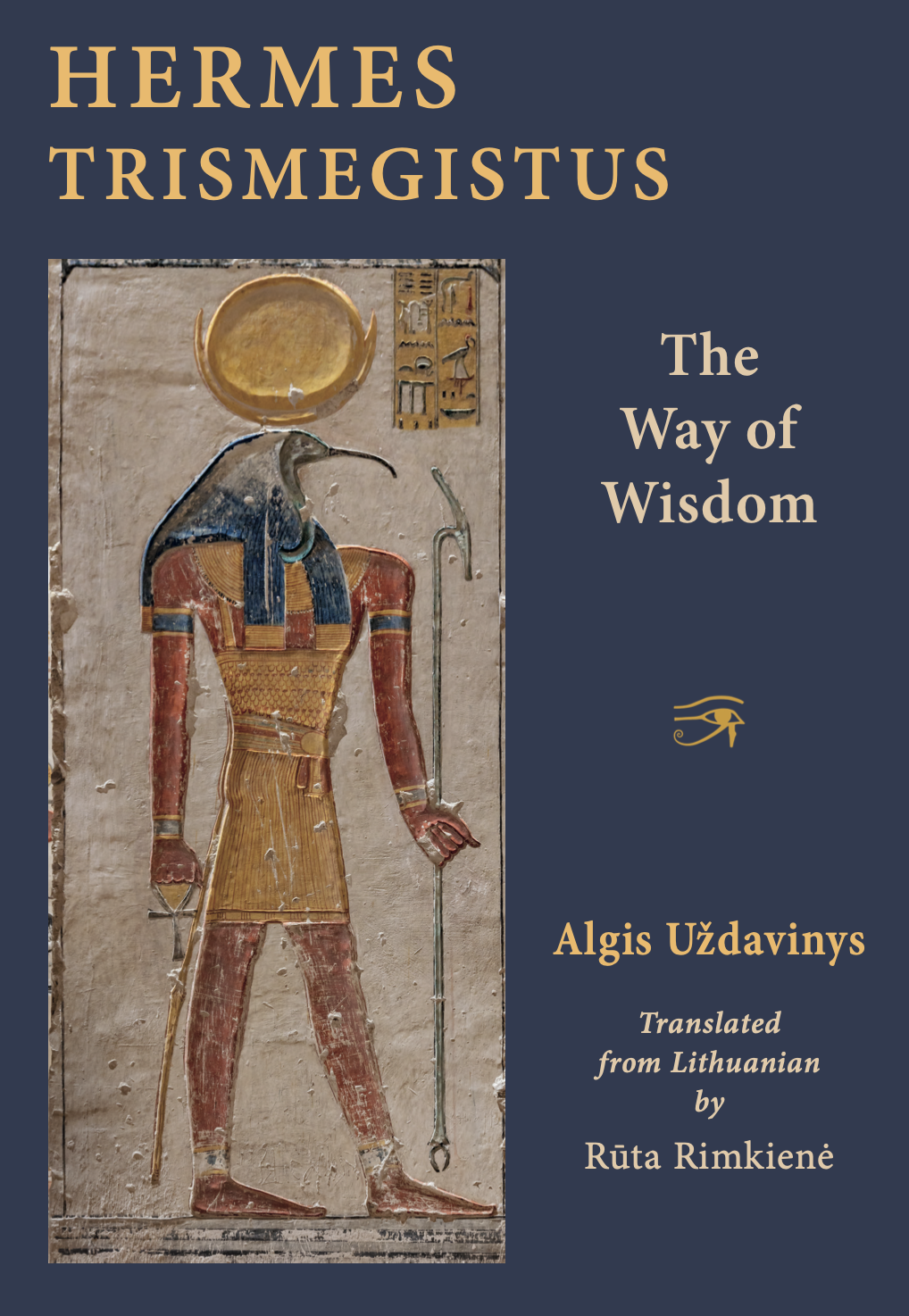Welcome to our newsletter, dear readers,
• Our first library selection this month is an excerpt from our soon to be published Hermes Trismegistus: The Way of Wisdom, by Algis Uzdavinys. In this prolonged and erudite meditation, the concept, image and influence of Hermes and the Hermetica through the centuries are analysed and put in a broad historical context.
Neoplatonism and Hermeticism were never the religions of the masses… To eliminate one’s foolishness, to cultivate one’s intellect and to gain extensive spiritual knowledge, these were long and tedious processes (paideia) that contrasted the superficial faith in miracles or salvation… Gnosis was the privilege (or the burden) of the few.
• “What, precisely, takes place in the mind during prayer? What is the nature of the operation of the stirrings which arise in the mind during prayer? The experience of the mind and dynamic of those winds-stirrings, their characteristics, nature, and limits, constitute the heart of the theories of inner prayer in East Syriac Christianity. It is such impulses that convey those who pray pure prayer to the sphere of luminosity and wonder, to the realm of hidden worship.” These are the topics of our second new library addition, “The Ladder of Prayer”, by Brouria Bitton-Ashkelony.
At the time of prayer, he explains, the soul resembles a ship positioned in the middle of the sea, and the mind is like the helmsman in charge of a boat: The impulses [stirrings] convey the boat like the winds. Just as it is the case that not all the winds that blow are suitable for the course of the ship, similarly, with the impulses that are aroused in the soul during the time of prayer… rather, some of them are suitable, while others are not.
• And finally, an article by William Chittick, “Mysticism Versus Philosophy in Earlier Islamic History”, on the correspondence between two great luminaries of the Islamic tradition, Nasir al-Din al-Tusi and Sadr al-Din al-Qunawi, representing and challenging our modern understanding of science and Sufism, of philosophy and spirituality.
After thanking al-Tusi for his answers and praising him for the manner in which he has clarified the Peripatetic position, al-Qunawi reviews his motives for having begun the correspondence. In the first place he had wanted to “open the door of friendship”. And in the second, “Concerning certain basic problems I had hoped to combine the conclusions derived from logical proofs and the fruits of unveiling and direct vision.”




